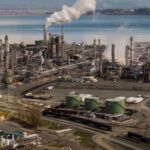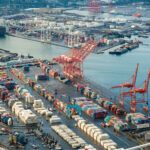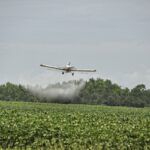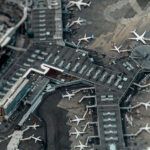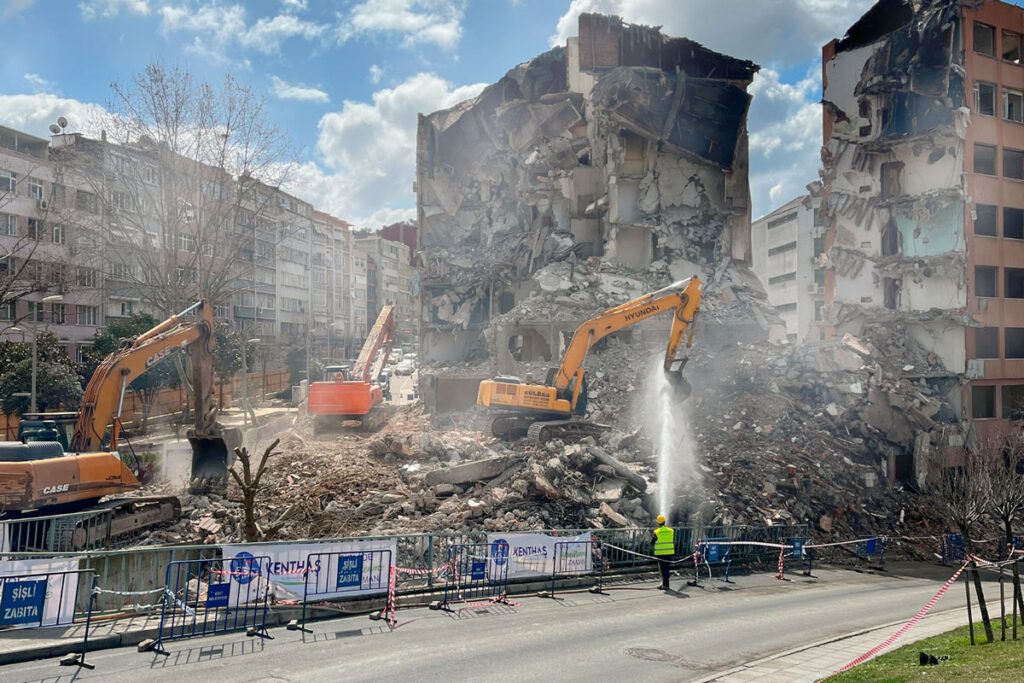Pollution from urban transport is a problem that affects millions of people every day. Despite the growth in public transport in recent years, millions of cars and trucks travel our roads and cities every day. And trying to minimise their negative impact on the atmosphere is a priority if we are to reconcile the daily mobility of millions of people and the transport of goods with sustainability.
In this article, we will explore how air quality monitoring can help us to minimise the consequences of air pollution from transport in cities and how, ultimately, Kunak can help ensure that sustainable mobility and quality of life go hand in hand.
Environmental impact of transport in cities
The main source of pollution from urban transport is the burning of fossil fuels such as petrol and diesel.
In addition to the emissions from combustion engines, particulate matter from the abrasion of tyres and brake pads also contributes to the concentration of suspended particulate matter.
All this makes measuring the air pollution from transport a key aspect of ensuring sustainable mobility and the health of citizens.
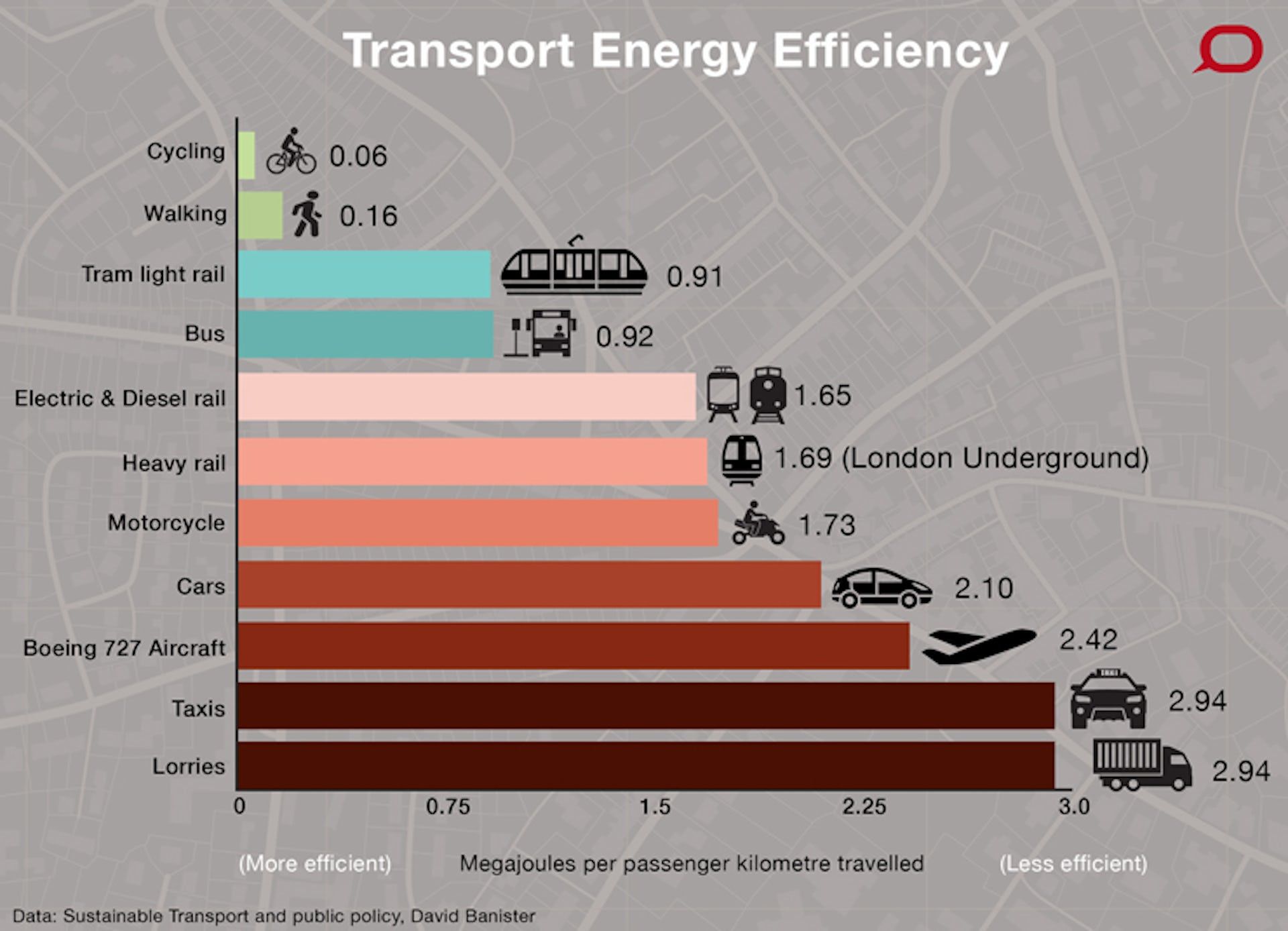
Source: The Conversation
Transportation and air quality
Each transport mode is associated with different emissions. However, in general terms, the main pollutants are the following:
- Nitrogen oxides (NOx), which can cause multiple respiratory problems even at concentrations within legal limits (especially for vulnerable groups).
- Carbon dioxide (CO2), which does not have a harmful effect on human health but is one of the main greenhouse gases responsible for the increase in global temperature.
- Particulate matter (PM10, PM2.5 and PM1), which, as mentioned above, is caused by the abrasion of the different elements of the vehicle, but also by the incomplete burning of fuel. Particulate matter is also the most common pollutant in popular public transport such as the metro.
- Carbon monoxide (CO), which is also mainly caused by incomplete combustion and can be toxic to humans.
- Volatile organic compounds (VOCs), which are produced by the burning of fuels and which, together with NO2, are precursors of tropospheric ozone or “bad ozone”, which causes multiple problems in cities.
- Sulphur dioxide (SO2), a pollutant gas characteristic of maritime transport and which reaches its highest concentrations in port environments.
- Noise, a variable that also affects air quality and which unfortunately tends to receive less attention than gaseous emissions.
Solutions to tackle transport air pollution
One of the main ways to reduce the negative consequences of urban transport pollution is to monitor air quality in real-time.
What can we get by implementing a solution in which Kunak is one of the world references?
- Reducing pollutant emissions. Real-time monitoring of transport pollution makes it possible to identify conflict areas or hot spots where air quality levels are detrimental. This goal is, for example, one of the objectives of the Low Emission Zones (LEZs).
- Promoting sustainable mobility. The availability of real-time air quality data helps to increase people’s awareness, a behaviour that can be reflected in an increase in the use of public transport.
- Respond quickly to emergencies. No city is exempt from serious incidents involving an increase in pollutant emissions, so a monitoring network also makes it possible to detect such problems.
Four case studies in which Kunak’s technology is the answer to pollution in urban transport
Kunak offers monitoring solutions based on the most innovative technologies, providing excellent data quality that complements the readings collected by reference systems and expands the information available, that “snapshot” of what the air quality is like in a given environment.
However, decision-making is up to you.
And making decisions based on reliable data is exactly what they are doing in places as far away as:
- Cartagena de Indias, in Colombia, a city in which the sensor network will allow real-time monitoring of air quality and detect critical points and potential causes of urban pollution.
- Valparaíso, in Chile, where Kunak has implemented a solution in the metro network that continuously monitors gases and particles.
- Albacete, where an air quality monitoring network has been installed that measures atmospheric conditions (including vehicle traffic) in real-time.
- Rivas-Vaciamadrid, which also has a network of sensor-based stations to complement other measurements in an area that, like the outskirts of Madrid, has a high traffic density.
Urban air quality
Urban transport pollution monitoring is the first step in reducing emissions and ensuring the quality of life and health of people, especially in urban environments. With advanced technology and appropriate actions, it is possible to improve air quality and offer a higher level of well-being to inhabitants and visitors.
Even more so if that technology bears the signature of Kunak.

